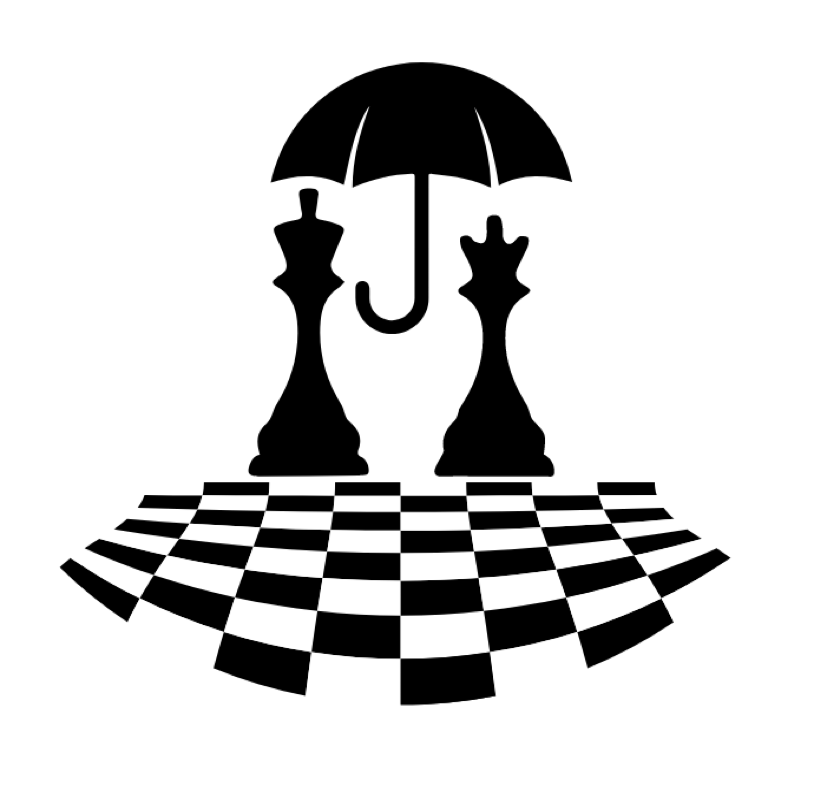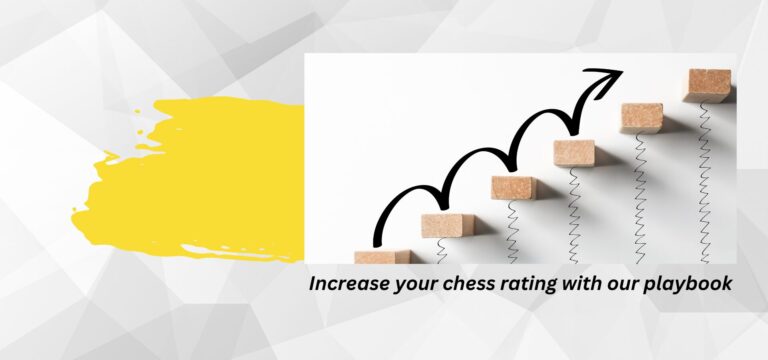If you’re new to scholastic chess tournaments, you’ve probably experienced this moment: your child finishes with the same score as another player—but doesn’t get the same trophy or placement. It feels confusing, maybe even unfair. What’s going on?
Let’s talk about tiebreaks.
In chess tournaments, players earn points:
- 1 point for a win
- 0.5 points for a draw
- 0 points for a loss
At the end of the event, it’s common for multiple players to finish with the same score. If three kids all win 3 out of 4 games, for example, they’re all “tied.”
So how do organizers decide who gets 1st, 2nd, and 3rd place? That’s where tiebreak systems come in.
Think of it like a school spelling bee: two students might spell the same number of words correctly. But if one got harder words or didn’t miss anything early on, the judges might rank them higher. Tiebreaks in chess work the same way—they look deeper at how each player got their score.
Here are some of the most common tiebreaks used in youth chess:
1. Opponent’s Score (aka Solkoff or Median): This looks at how well your opponents did overall. If you beat players who went on to win more games, you’ll get a higher tiebreak.
2. Cumulative This adds up your running total score after each round. If you scored early and stayed strong, your tiebreak will be higher than someone who lost early and caught up later.
3. Head-to-Head: If you and the other tied player faced each other in the tournament, whoever won that game gets the edge.
One common source of confusion is the US Chess crosstable. After a tournament, you might go online and see your child listed as 3rd place—even if they didn’t get the 3rd place trophy.
Here’s why: US Chess sorts by rating, not tiebreaks.
The online crosstable usually sorts players based on their post-event rating, which doesn’t match the official standings used for awards.
You can read their explanation here: US Chess FAQ on Crosstables
We know kids love trophies—and it’s natural to feel a little disappointed if they miss one on tiebreaks. But as a parent or coach, it’s a great chance to remind them that:
- They scored well.
- They played hard.
- They’re improving.
Tiebreaks don’t define how well your child played. They’re just a necessary tool for sorting out ties in a fair, consistent way. So keep encouraging your young player—and maybe, next time, the tiebreaks will go their way!




